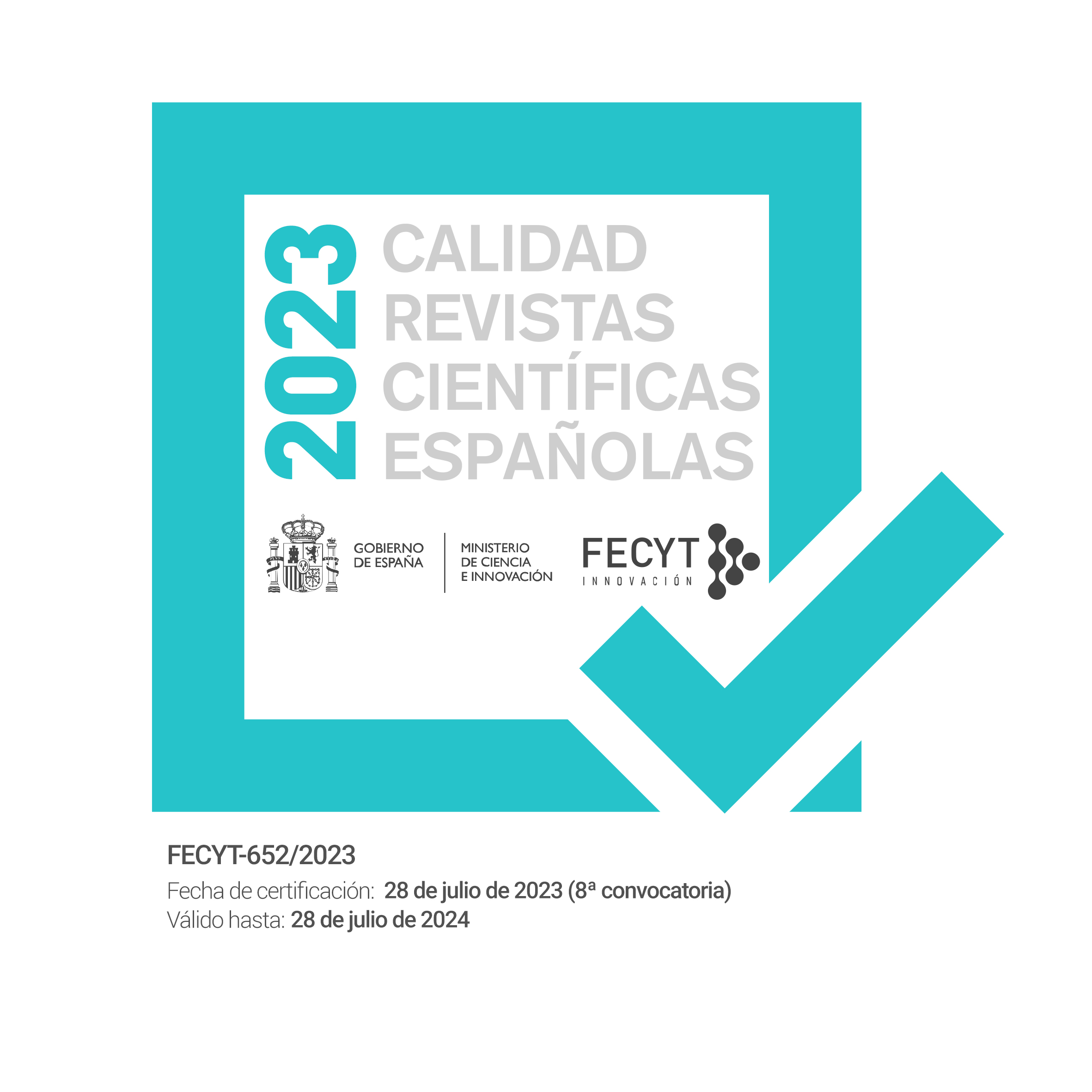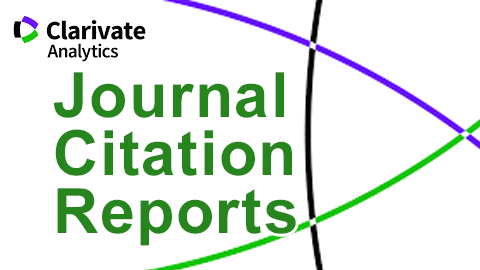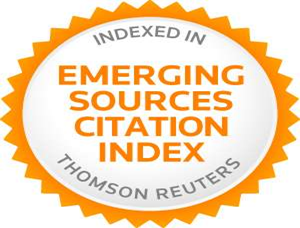Parsing wh-interrogative sentences within ARTEMIS
Resumen
Abstract. The linguistic foundation of Functional Grammar Knowledge Base (FunGramKB) is inspired on robust linguistic theories like Role and Reference Grammar (RRG, Van Valin, 2005) and the Lexical Constructional Model (LCM) (Mairal-Usón & Ruiz de Mendoza Ibáñez, 2008). Accordingly, its lexical and grammatical levels will allow the system to capture syntactic-semantic generalizations which can provide explanations and predictions of language phenomena (Periñán-Pascual & Arcas-Túnez, 2010: 2671). ARTEMIS (Automatically Representing Text Meaning via an Interlingua-Based System) comes into play as a prototype which exploits FunGramKB to pursue the simulation of natural language understanding. To guarantee a correct parsing, this application relies on a set of production rules where pertinent morphosyntactic information must be expediently encoded via AVMs, feature-bearing structures which can effectively constrain this process (Periñán-Pascual, 2013a: 223). Departing from Martín-Díaz (2017)’s account of Y/N-interrogatives, this paper aims at proposing the rules and AVMs necessary for the correct parsing of WH-interrogatives within ARTEMIS.
Keywords: WH-Questions; Role and Reference Grammar; ARTEMIS
Resumen. El fundamento lingüístico de Functional Grammar Knowledge Base (FunGramKB) se inspira en teorías lingüísticas como la Gramática del Papel y la Referencia (RRG) (Van Valin, 2005) y el Modelo Léxico-Construccional (LCM) (Mairal-Usón y Ruiz de Mendoza Ibáñez, 2008). Sus niveles léxico y gramatical permiten al sistema capturar generalizaciones sintáctico-semánticas con las que explicar y predecir fenómenos lingüísticos (Periñán-Pascual y Arcas-Túnez, 2010: 2671). El objetivo de ARTEMIS (Automatically Representing Text Meaning via an Interlingua-Based System) es la simulación de la comprensión del lenguaje natural y para ello utiliza FunGramKB. Este prototipo garantiza el correcto parseado con unas reglas de producción donde la información morfosintáctica pertinente debe codificarse mediante Matrices Atributo Valor (MAVs) que puedan restringir dicho proceso (Periñán-Pascual, 2013a: 223). Partiendo del análisis de Martín-Díaz (2017) para las interrogativas polares, este trabajo propone las reglas y MAVs necesarias para un parseado efectivo de las interrogativas inglesas con formas WH- en ARTEMIS.
Palabras clave: Preguntas con formas WH- inicial; Gramática del Papel y la Referencia; ARTEMIS
Citas
Cortés-Rodríguez, F. (2016a). Parsing simple clauses within ARTEMIS: The computational treatment of the layered structure of the clause in Role and Reference Grammar. Paper presented at the 34th International Conference of the Asociación Española de Lingüística Aplicada (AESLA). Alicante. April, 14-16.
Cortés-Rodríguez, F. (2016b). Towards the computational implementation of Role and Reference Grammar: Rules for the syntactic parsing of RRG phrasal constituents. Círculo de Lingüística Aplicada a la Comunicación, 65, 75-108.
Cortés-Rodríguez, F. & Mairal-Usón, R. (2016). Building an RRG computational grammar. Onomázein, 34, 86-117.
Díaz-Galán, A. & Fumero-Pérez, M. C. (2016). Developing parsing rules within ARTEMIS: the case of DO auxiliary insertion. In C. Periñán-Pascual & E. Mestre i Mestre (Eds.), Understanding Meaning and Knowledge Representation: From Theoretical and Cognitive Linguistics to Natural Language Processing (pp.283-302). Cambridge: Cambridge Scholars Press.
Mairal-Usón, R. & Ruiz de Mendoza Ibáñez, F. (2008). Levels of description and explanation in meaning construction. In Ch. Butler & J. Martín Arista (Eds.), Deconstructing Constructions (pp. 153–198). Amsterdam/Philadelphia: John Benjamins.
Martín-Díaz, M. A. (2017). An account of English YES/NO interrogative sentences within ARTEMIS. Revista de Lenguas para Fines Específicos, 23 (2), 41-62.
Periñán-Pascual, C. (2013a). Towards a model of constructional meaning for natural language understanding. In B. Nolan & E. Diedrichsen (Eds.), Linking Constructions into Functional Linguistics: The role of constructions in grammar [Studies in Language Companion Series 145] (pp. 205–230). Amsterdam: John Benjamins.
Periñán-Pascual, C. (2013b). A knowledge-engineering approach to the cognitive categorization of lexical meaning. VIAL: Vigo International Journal of Applied Linguistics 10, 85-104.
Periñán-Pascual, C. & Arcas-Túnez, F. (2010). The architecture of FungramKB. In N. Calzolari, Kh. Choukri, B. Maegaard, J. Mariani, J. Odijk, S. Piperidis, M. Rosner & D. Tapias (Eds.), Proceedings of the 7th International Conference on Language Resources and Evaluation (pp. 2667-2674). Malta: European Language Resources Association (ELRA).
Periñan-Pascual, C. & Arcas-Túnez, F. (2014). The implementation of the FunGramKB CLS constructor. In B. Nolan & C. Periñán-Pascual (Eds.), Language Processing and Grammars (pp. 165-196). Amsterdam: John Benjamins.
Periñán-Pascual, C. & Mairal Usón, R. (2011). The COHERENT methodology in FunGramKB. Onomázein, 24, 13-33.
Quirk, R., Greenbaum S., Leech, G. & Svartvik, J. (1985). A Comprehensive Grammar of the English Language. London: Longman.
Ruiz de Mendoza Ibáñez, F. & Mairal-Usón, R. (2008). Levels of description and constraining factors in meaning construction: an introduction to the Lexical Constructional Model. Folia Linguistica, 42(2), 355-400.
Sag, I. A., Wasow, T. & Bender, E. M. (2003). Syntactic Theory: Formal Introduction. Stanford: Center for the Study of Language and Information (CSLI) Publications.
Van Valin Jr., R. D. (2005). Exploring the Syntax-Semantics Interface. Cambridge: Cambridge University Press.
Van Valin Jr., R. D. & LaPolla, R. (1997). Syntax: Structure, Meaning and Function. Cambridge: Cambridge University Press.
Descargas
Publicado
Número
Sección
Licencia
Reconocimiento – No comercial (CC BY-NC). Bajo esta licencia el usuario puede copiar, distribuir y exhibir públicamente la obra y puede crear obras derivadas siempre y cuando estas nuevas creaciones reconozcan la autoría de la obra original y no sean utilizadas de manera comercial.
Los autores retienen todos sus derechos de publicación y copyright sin restricciones.









